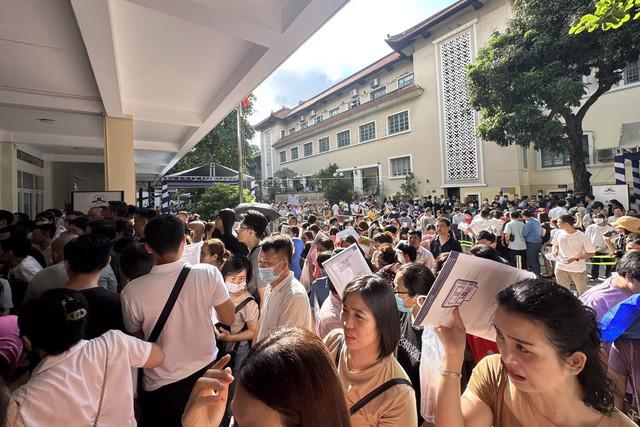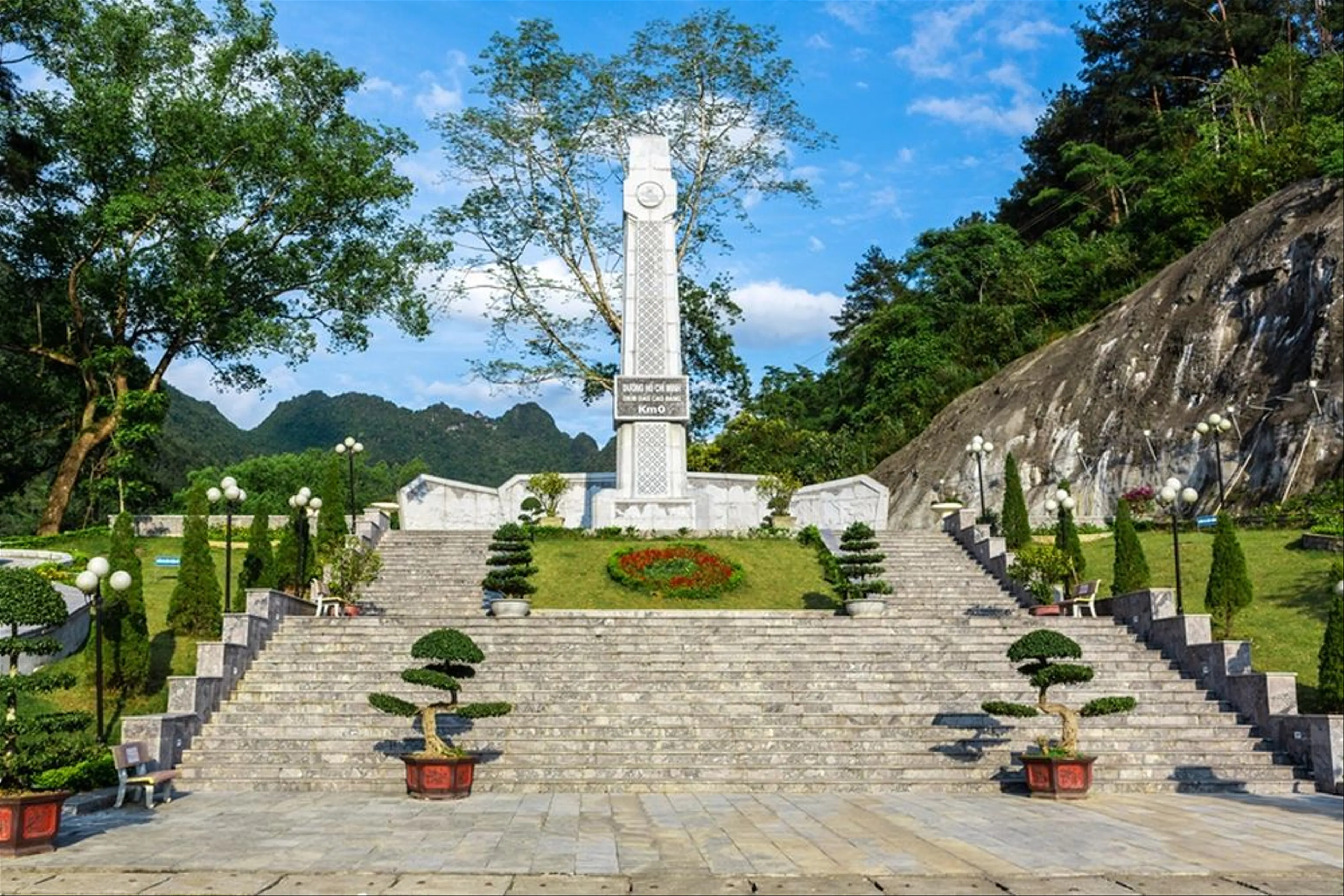HÀ NỘI – Hà Nội’s Department of Education and Training has collaborated with departments and agencies to rebuild the school planning network and reassess projects that did not meet requirements in order to reclaim land funds and utilise them for school construction.
According to the Director of the department Trần Thế Cương, it was crucial to replace delayed and substandard projects with schools to accommodate the increasing student population.
Hà Nội recently witnessed a highly stressful entrance exam for public high schools, with only half of the total number of secondary school graduates being admitted to public high schools as expected. The proportion of students securing a place in public high schools in the city has reached its lowest point in the past ten years.
About 33,000 students, accounting for 44.3 per cent of the total, were left with no choice but to enrol in private high schools, continuation schools or vocational schools.
Hà Nội had announced its plans to enrol 72,000 students for public schools out of the total of 129,210 secondary school graduates in the 2022-2023 academic year. This meant that one out of every two students would have to attend a non-public school.
Consequently, after Hà Nội released the admission criteria for public high schools, many parents lined up overnight at private and autonomous public schools such as Phan Huy Chú High School, Hoàng Cầu High School, and Tạ Quang Bửu High School to submit applications for their children to enter 10th grade.
There were cases where students met or exceeded the admission scores but couldn’t secure a spot due to arriving late. Some parents even experienced a situation where the admission scores increased just one day after the initial announcement, creating concerns that their children would miss the opportunity to be admitted.
To address this situation, the city’s Department of Education and Training has issued a document requiring high schools to assign authorised admission officers and make their contact information, hotlines, and support services publicly available.
These measures were aimed at providing timely guidance and assistance to students and their parents and ensuring security and orderliness during the enrollment period.
It explicitly prohibited the gathering of students and parents outside the school gate, as it could lead to disorder and insecurity in the surrounding area.

Furthermore, the Prime Minister has instructed the Ministry of the Ministry of Education and Training to promptly review and report on the admission process for public high schools for timely solutions.
Enrollment crisis
Parents queuing overnight to enrol their children was a common sight at most educational institutions in Hà Nội. Last year, parents had to draw lots for a chance to enrol their children in Hoàng Liệt Preschool in Hoàng Mai District or line up overnight to purchase application forms for Grade 1 at Marie Curie Primary School in Nam Từ Liêm District.
This June, hundreds of parents competed for enrollment at Vạn Bảo Elementary School in Hà Đông District, leading to overcrowding and chaos.
During a recent Q&A session at the Hà Nội City People's Council meeting, director of the education department Cường affirmed that Hà Nội did not lack public schools.
Figures from the city’s department showed that there was a total of 129,210 secondary school graduates in the city this year.
The department allocated 128 public and semi-public high schools to enrol 75,430 students and assigned 95 private high schools to enrol 26,829 students as well as 29 vocational education centres to admit 10,305 students.
Therefore, the total number of available spots was 112,564.
Currently, Hà Nội has four specialised high schools affiliated with universities, with a total of nearly 2,000 spots available for nationwide enrollment.
More than 14,000 students still had to switch to vocational education.
However, many parents had different opinions.
Nguyễn Văn Xuân in Tây Hồ District told the online newspaper cafebiz.vn that the suburban districts did not lack public schools, and students who achieved a score of 4 in any subject could secure admission to public high schools. But distance is a real challenge.
On the other hand, the inner-city areas experienced a severe shortage of classrooms.





